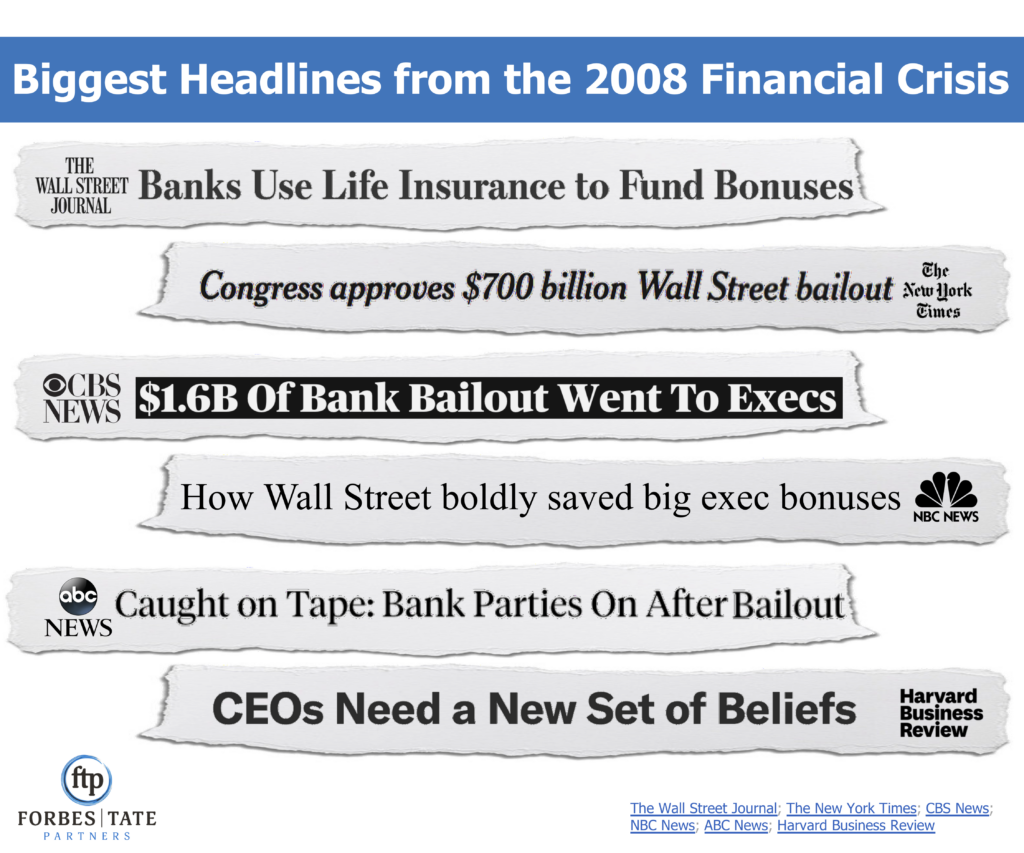Contributions to this blog were made by Jeff Sadosky, Lauren Crawford Shaver, Sabrina Siddiqui, Jeanne Moran, Kate Jahries, Erin Van Gessel, and Elizabeth Kapolka
Today, the U.S. Department of Labor estimated the U.S. unemployment rate will hit 18 percent by the end of the third quarter and just yesterday, it was announced GDP has dropped 4.8 percent in the first quarter, all due to economic fall-out from COVID-19. In many ways, those who battled through the financial crisis of 2008 or the response to 9/11 are familiar with this feeling of chaos, hopelessness, and the knowledge that tomorrow we will wake up to unprecedented news. Unfortunately, the economic effects of COVID-19 look to be beyond the scope of both of those events, and even World War II. As each day goes by, it is becoming increasingly clear our economic recovery is going to take every single policy lever available to get us out of this recession.
As Congress deliberates on the next phase of stimulus, many industries are still advocating for continued financial support. For those seeking federal aid, companies must be meticulous in upholding their reputation, constantly monitoring press coverage for threats and opportunities. Correcting the record and responding to bad press is essential. Bad headlines today can follow a company or industry around for years to come. News coverage is crowded now, and companies must look for every opportunity to tell their story and break through the noise.
So, how does a company do that? Our team has found that building a rapid response operation and developing corporate messaging on two topics drives press attention (good or bad) for companies and industries at large: transparency and corporate social responsibility. The strongest communications strategies will be pushing positive storylines and proactively sharing corporate actions as part of larger recovery conversations. Political leaders, the media, and the public want to know what company executives are doing to internally support their employees and externally support the community at large.
The last time major companies received federal assistance many were eviscerated in the press. There are huge differences and caveats between now and then, but a refresher of some of the worst headlines is a good reminder of pitfalls to avoid.
2008 Financial Crisis

2020 COVID-19 Crisis
So far we’re seeing companies sharing that their leaders are taking aggressive actions to prevent layoffs and temporarily lowering or eliminating C-suite salaries. But more tough decisions will need to be made and companies that take stimulus funds now are inevitably going to have to make tough choices.
Remember: this isn’t planning for just the next year or two. Media, Congress, and regulators will be looking into actions taken now for years to come. To that end, weathering the long-term means lining up a narrative now (lean into corporate social responsibility), showing supportive documentation (transparency), and articulating why actions are being taken in a clear, compelling way.
